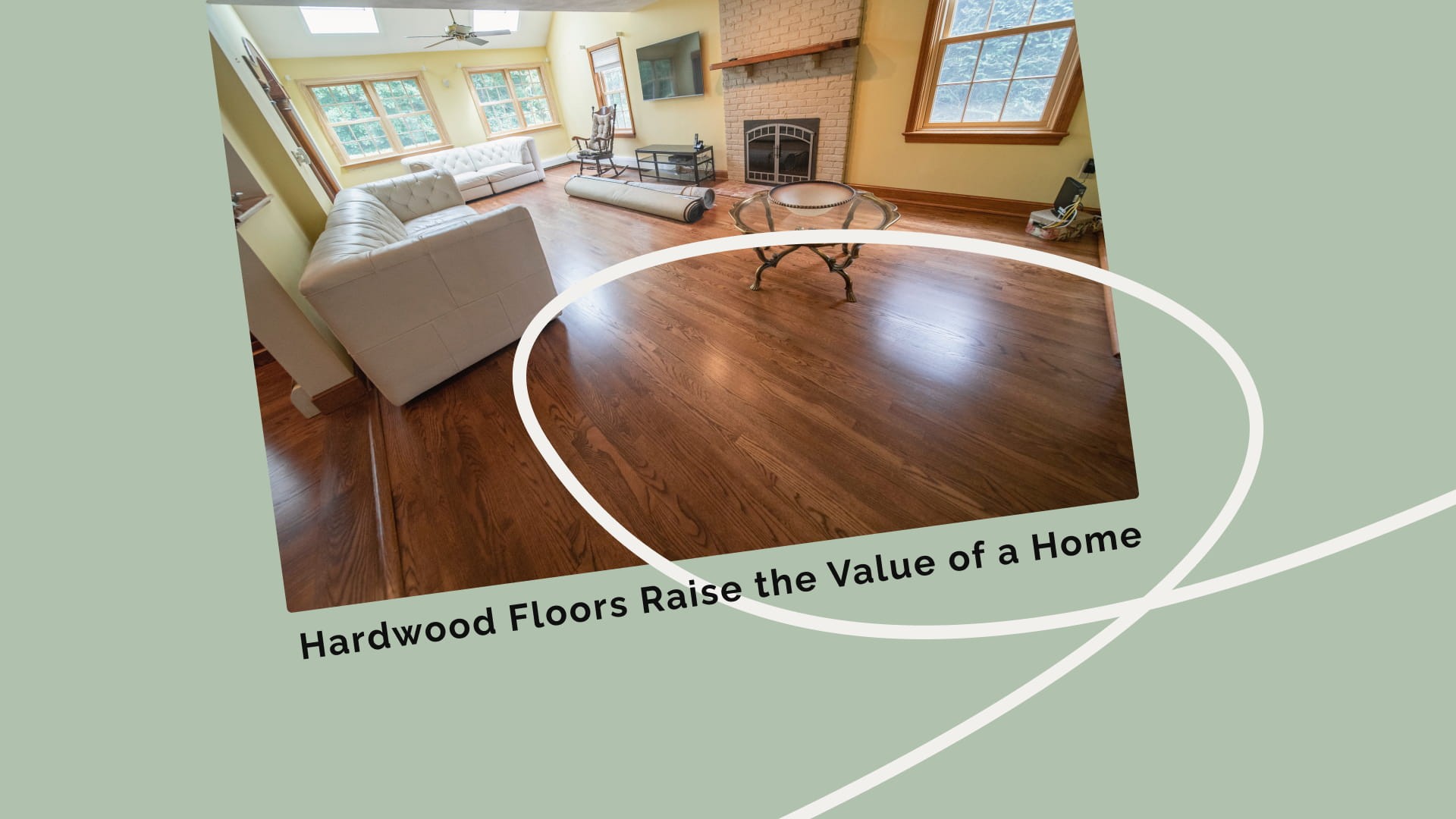“New wood flooring consistently ranks among top ‘Joy Score’ interior projects in 2025—great for buyer appeal and marketing.”
Short Answer
- According to analyses by Realtor.com, listings with hardwood can sell for up to ~2.5% more.
- Previous NAR data (2022) showed that new wood flooring and hardwood refinishing projects were very good at recovering their costs—about 118% and 147%, respectively. In other words, these projects sometimes made more money when they were sold than they cost.
- NAR's "Joy Score" for new wood flooring is still very high in 2025, which shows that demand is still strong, but the year's top cost-recovery list changes with the market.
- About 54% of buyers say they would pay more for a home with hardwood floors.
What Those Numbers Mean in the Real World
Think about value two ways:
- Market premium: The price lift hardwood can add (up to ~2.5%).
- Cost recovery (ROI): How much of your project cost you get back at resale. Historically, refinishing and new wood floors have ranked among the best interior projects.
What Adds More Value: New Hardwood or Refinishing?
Refinishing is usually the best ROI when your floors are structurally sound: you refresh the look for a fraction of the cost (often $3–$8/sq ft). Installing new hardwood makes sense when you don’t have hardwood to refinish, the layout is choppy and you want continuity, or damage is beyond repair (typical install ranges $6–$25/sq ft depending on species/complexity).
-
- Lower cost, high impact: Modern matte/natural finishes photograph and show well without replacing the floor.
- Faster project timeline: Especially with dustless systems—minimizes disruption and helps you list sooner.
- Preserves original character: Great for New England homes where buyers value authenticity.
- Boosts comps & marketing: Fresh, uniform tone helps photos pop and can shorten days on market.
-
- Severe damage or layout changes: Pet stains to the core, major patches, or reconfigured spaces need new boards for seamless continuity.
- No existing hardwood: New install creates the “continuous oak” look buyers expect in many New England comps.
- Subfloor issues: Leveling, squeaks, or mixed substrates may be better addressed during a new install.
💡 Ask for a dustless test area to preview stain/finish and confirm the floor will take evenly before committing the whole house.
- Strategic upgrade: New install can unify disparate rooms (tile-to-wood transitions, hallways, kitchens) for a premium feel.
What Causes the Value Increase in New England?
- Coverage and continuity. Hardwood floors that go all the way through living areas (with matching transitions to kitchens and halls) look "premium."
- Condition and finish. Matte or natural finishes and professional, dust-free work look best at showings (Weles specializes in eco-friendly, dust-free methods).
- Width and type. 3¼"–5" white or red oak is still a safe, classic choice for the area. Very dark or high-gloss trends can turn buyers off.
- Regularity. Don't mix too many different species or widths in the same room.
- Comparisons of neighborhoods. If nearby homes have hardwood floors, not having them can be a clear problem.
Examples of Quick Math
- Refinishing 800 square feet will cost between $2,400 and $6,400. The move can be worth it even if it only raises the price of a $650,000 home by 1–2% ($6,500–$13,000), and that's before you think about how the staging will affect the price.
- Putting in 800 square feet of new hardwood costs between $6 and $25 per square foot, which comes to between $4,800 and $20,000. With Realtor.com's upper limit premium of about 2.5%, a $650,000 home could sell for up to $16,250 more. The actual return on investment (ROI) depends on the quality of the comps and the execution.
The numbers are just examples; your agent's comp analysis makes the final choice.
Engineered Wood vs. Solid Wood for Resale
When installed correctly, both are "hardwood" to buyers. Engineered hardwood is better for basements, slabs, or wide spans where stability is important. Solid hardwood is better when you want to be able to sand it again in the future. When choosing, you should think about the subfloor, humidity, and your budget. The look, continuity, and condition of the resale are what matter most. (Find out about Weles' engineered choices.)
What Do We Think of LVP/LVT?
Luxury vinyl has become very popular because it is cheap and lasts a long time, but many buyers still think hardwood is the better option. Even though vinyl is useful, it may limit your potential if your target market expects hardwood.
A Simple Decision Tree
- Floors are structurally sound but worn out. Refinish them (often the best return on investment).
- If the damage is really bad, like pet stains that go all the way through the wood, or if the layout has changed a lot, you need to replace the floor.
- Not sure? Ask for an assessment on-site and a test area that is free of dust.
Refinishing (Selling in 6–12 Months)
- Fastest way to improve photos & showing appeal.
- Low-sheen, natural tones feel modern and widen buyer interest.
- Dustless process reduces cleanup and time-to-list.
New Installation (Staying 2–5 Years)
- Unifies choppy layouts and mismatched rooms.
- Choose continuous oak (3¼″–5″) to future-proof resale.
- Engineered for basements/slabs; solid where future sanding matters.
→ Check out our work. Portfolio.
Questions & Answers
- Do hardwood floors make a house worth more?
- Yes, buyers like them, and past data shows that they have a high return on investment. Realtor.com found that homes with hardwood floors can sell for up to 2.5% more.
- Is it better to refinish or install?
- When the existing floor is in good shape, refinishing often has the best return on investment (ROI). Previous NAR data showed that refinishing costs very little to recover, and new wood flooring is still very popular with buyers.
- What is the price?
- Depending on the type of wood, the layout, and the condition, a typical installation costs between $6 and $25 per square foot and a refinish costs between $3 and $8 per square foot.
- Will engineered hardwood make it harder to sell?
- No, buyers see hardwood when it is installed correctly. Choose engineered if the span or moisture level makes it the better technical choice.
- Do people really pay more for hardwood?
- Yes, surveys show that about 54% of buyers would pay more for homes with hardwood floors.



